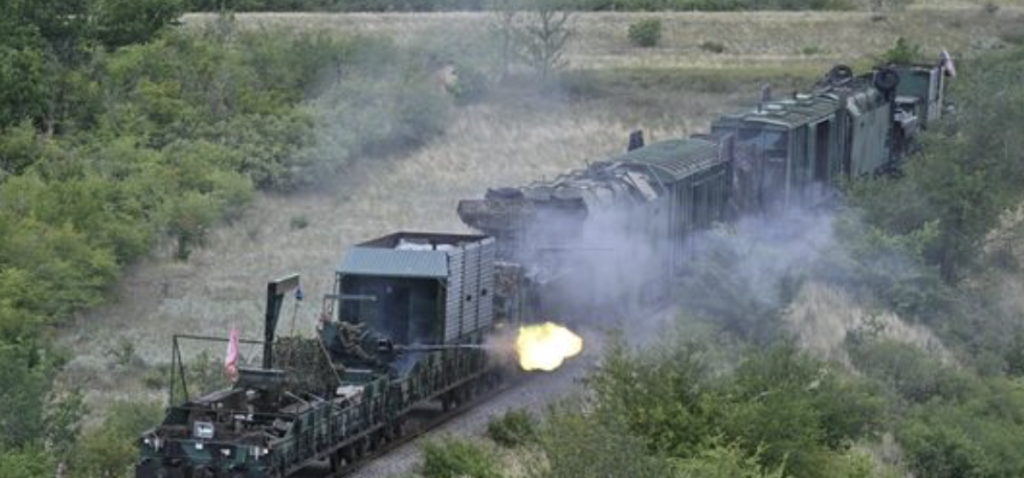Armored trains have long been part of Russian military tradition.
Others are reading now
Armored trains have long been part of Russian military tradition.
Russia Revives Armored Train Warfare
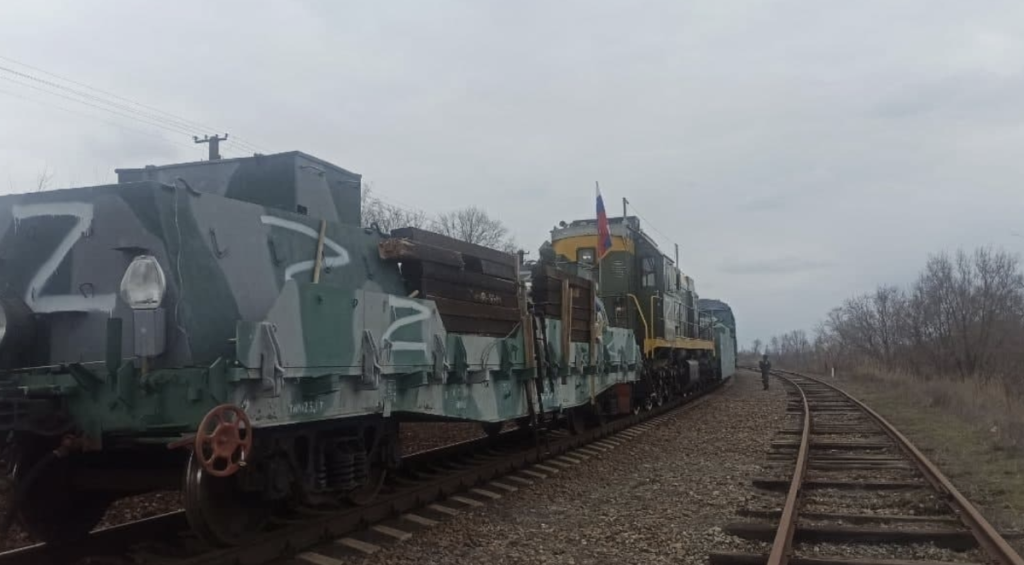
Russia has deployed a modernized armored train named Yenisei, marking a return to military tactics rarely seen since World War II.
The train, made partly from components reportedly stolen from Ukrainian railways, is now supporting Russian operations in eastern Ukraine.
The Yenisei Armored Train: A Rolling Fortress
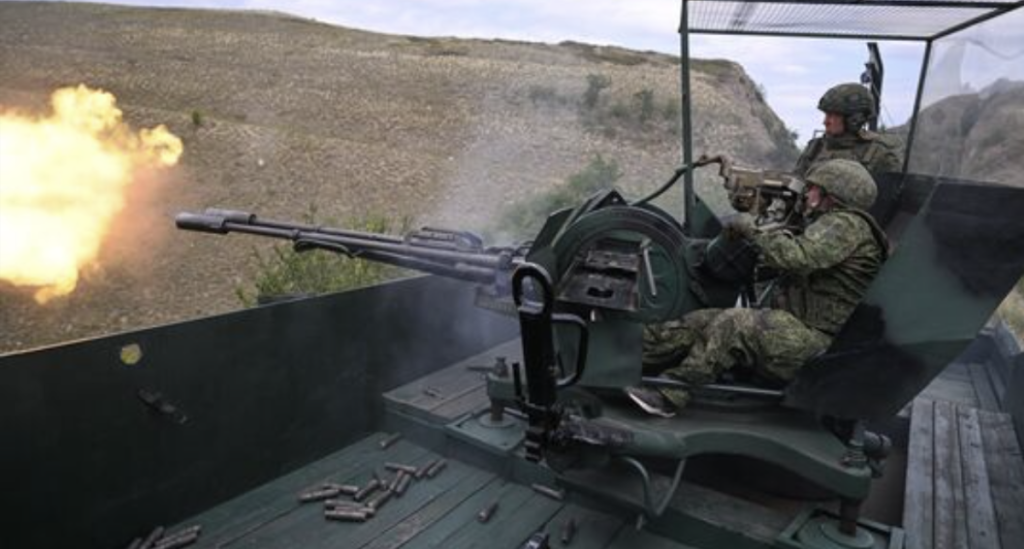
The Yenisei is fitted with anti-aircraft guns, heavy machine guns, and even an infantry fighting vehicle.
Also read
According to Russian state media, it’s designed for front-line logistics, battlefield reconnaissance, and rail repair in conflict zones where traditional infrastructure is under constant attack.
Built With Stolen Ukrainian Rail Parts
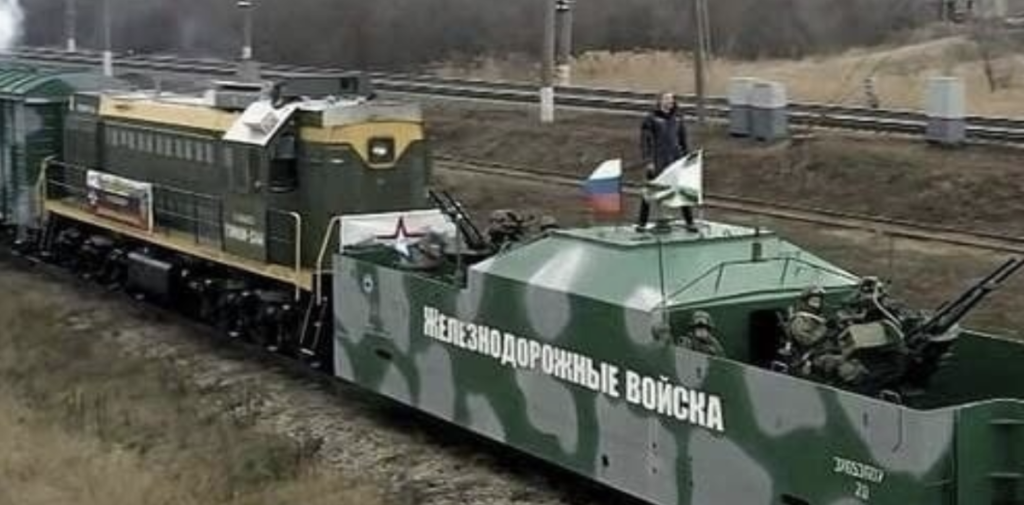
Ukrainian sources claim the Yenisei was assembled using components looted from rail lines in the Kharkiv region.
If true, it shows the Kremlin’s resourcefulness and desperation as sanctions and battlefield losses mount.
A Strategy Pulled From the History Books
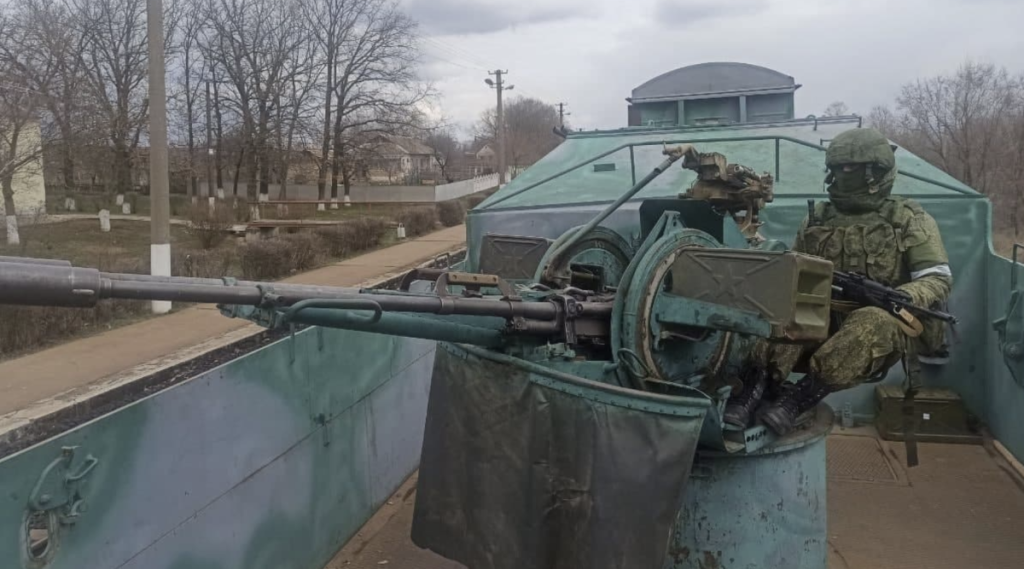
Armored trains have long been part of Russian military tradition.
Used extensively during the Russian Civil War and World War II, these trains were once vital for transporting troops and artillery across vast and hostile terrain.
Donbas: The Perfect Terrain for a War Train
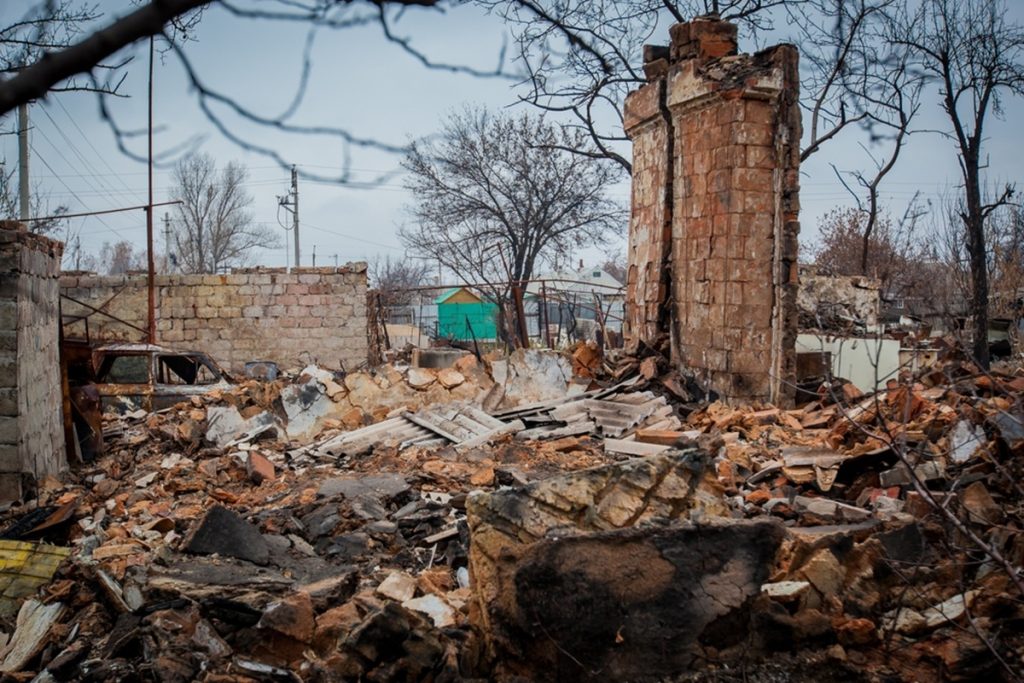
The return of armored trains is closely tied to the Soviet-built rail infrastructure in Donbas, which still links directly with Russia’s network.
While the West relies on air mobility, Moscow leans heavily on its railways, which is both an asset and a vulnerability.
Inside the Train: Soviet Weapons on Steel Tracks
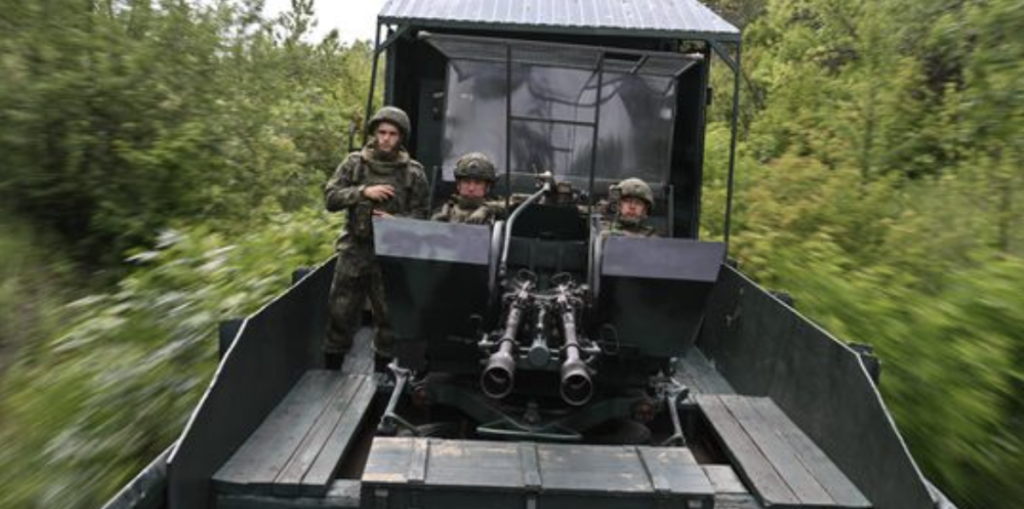
The Yenisei carries a dual-barrel ZU-23-2 anti-aircraft gun capable of 2,000 rounds per minute, along with multiple Utyos 12.7mm heavy machine guns.
Mounted on a flatbed is a BMP-2 infantry vehicle armed with a 30mm cannon and anti-tank missiles.
A Hybrid of Old and New Capabilities
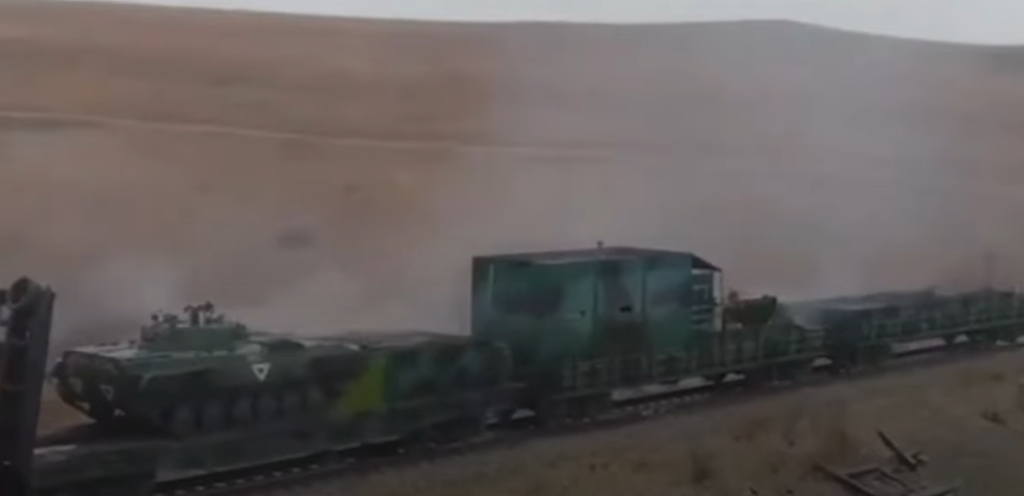
Despite its historical roots, the Yenisei combines logistics, reconnaissance, and light combat functions.
Some wagons carry munitions, fuel, and spare parts, while others house command and communication systems — possibly equipped with thermal imaging or radar tech.
A Cost-Efficient but Vulnerable Weapon
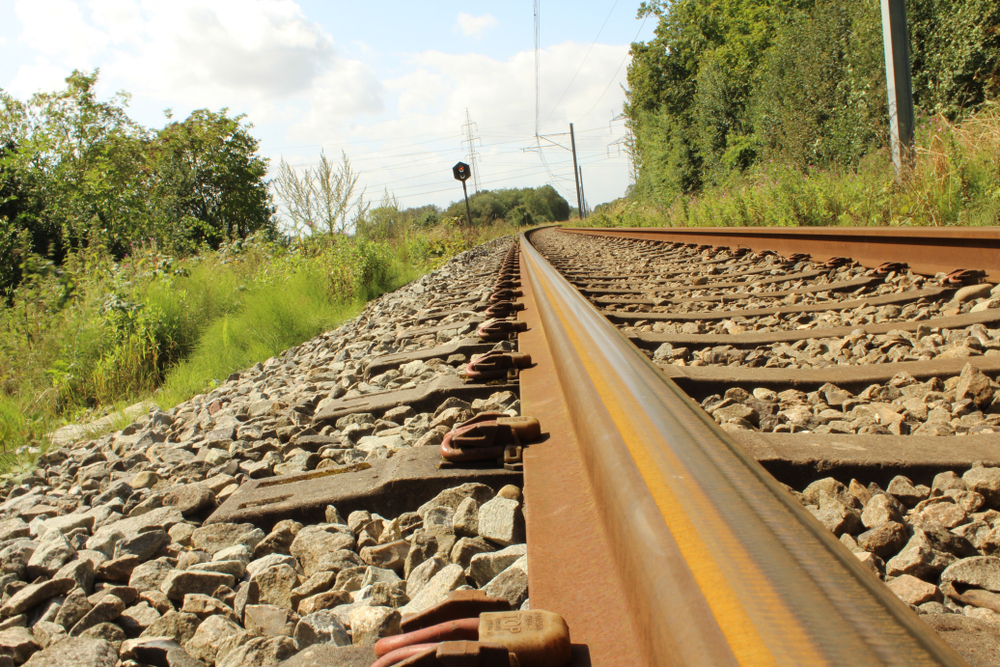
The armored train is relatively cheap to operate and deploy, but it’s far from invincible.
Fixed railway routes make it predictable, and its armor is largely ineffective against modern precision-guided munitions or loitering drones.
Already Targeted Rail Infrastructure
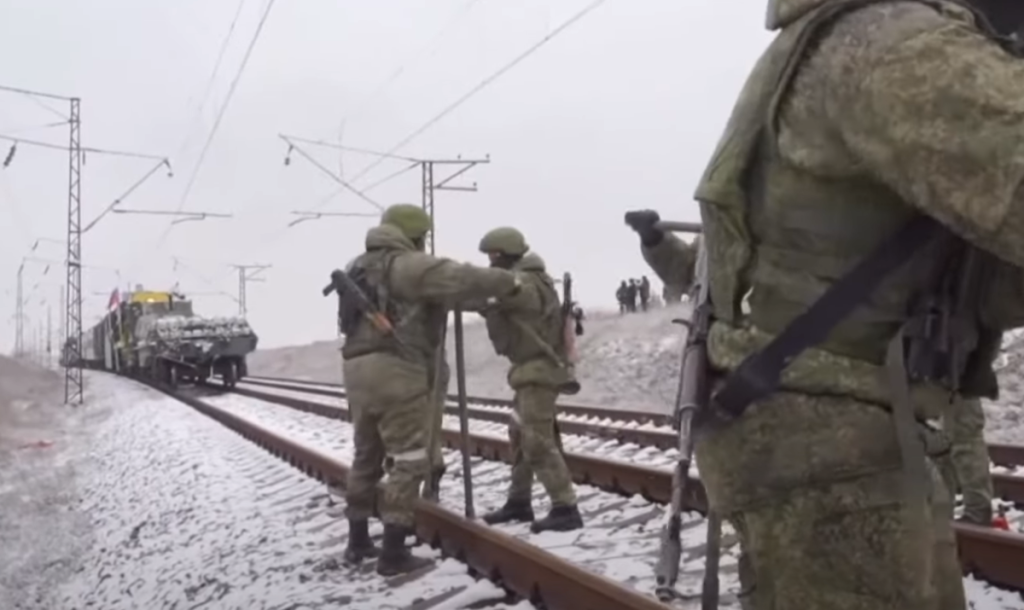
In June 2025, Ukrainian forces successfully attacked a Russian fuel train in Zaporizhzhia, disrupting supply lines for weeks.
The Yenisei could face similar threats, especially from Bayraktar TB-2 drones, which have proven effective against slow-moving rail targets.
A War Machine in the Age of Drones
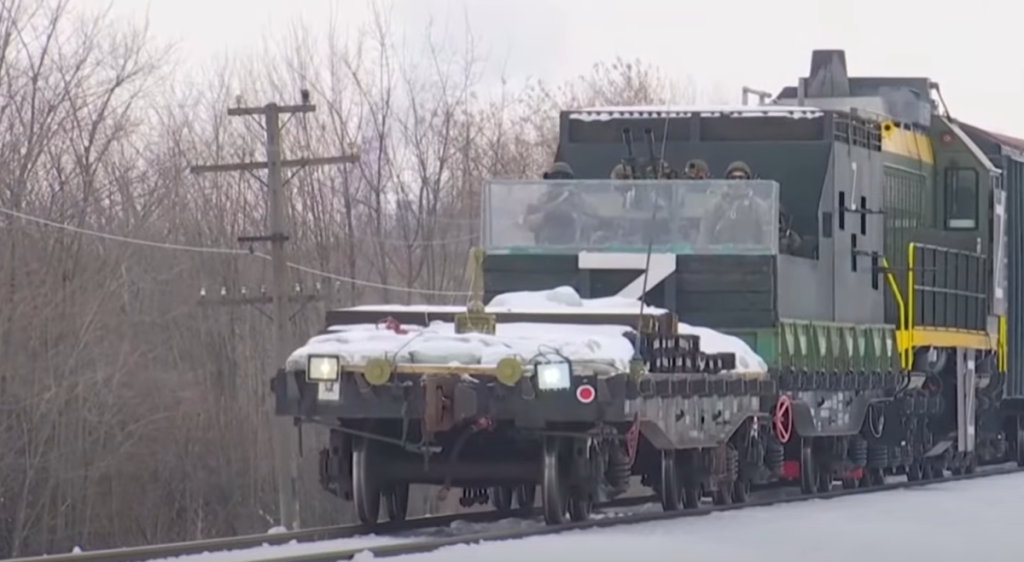
Unlike air-dropped cargo from Western C-17s, the Yenisei is tied to fixed tracks.
Though it can deliver supplies deep into contested zones, it is also a sitting target in a war where Ukrainian drones and artillery dominate open terrain.
Supporting Russia’s Pressure Campaign in Donbas
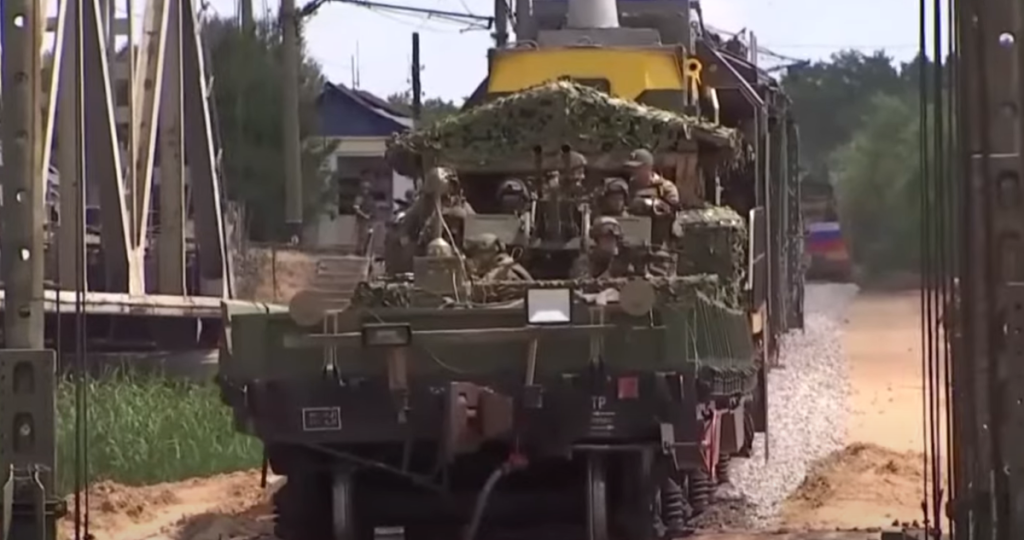
Despite its limitations, the train plays a critical role. It brings ammunition, fuel, and repairs to front-line units, helping Russian battle groups maintain pressure on Ukrainian positions in an area where road transport is under constant threat.
Old Steel, New War: A Relic Rolls Into Battle
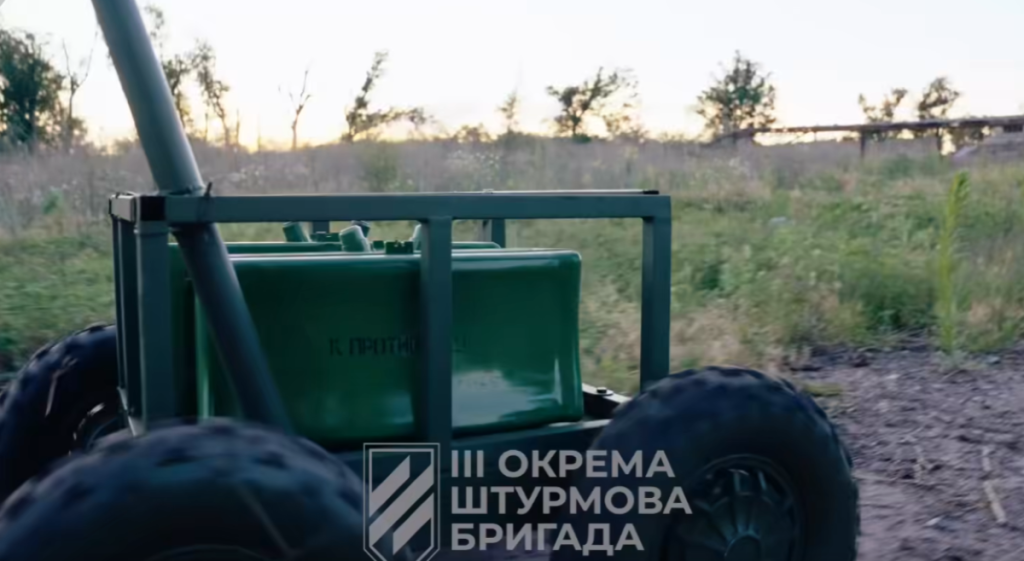
As Ukraine innovates with robotic ground units and drone warfare, Russia rolls out armored trains built from salvaged parts.
Whether it’s a clever use of legacy infrastructure or a sign of technological stagnation, the Yenisei is now part of the battlefield landscape.

